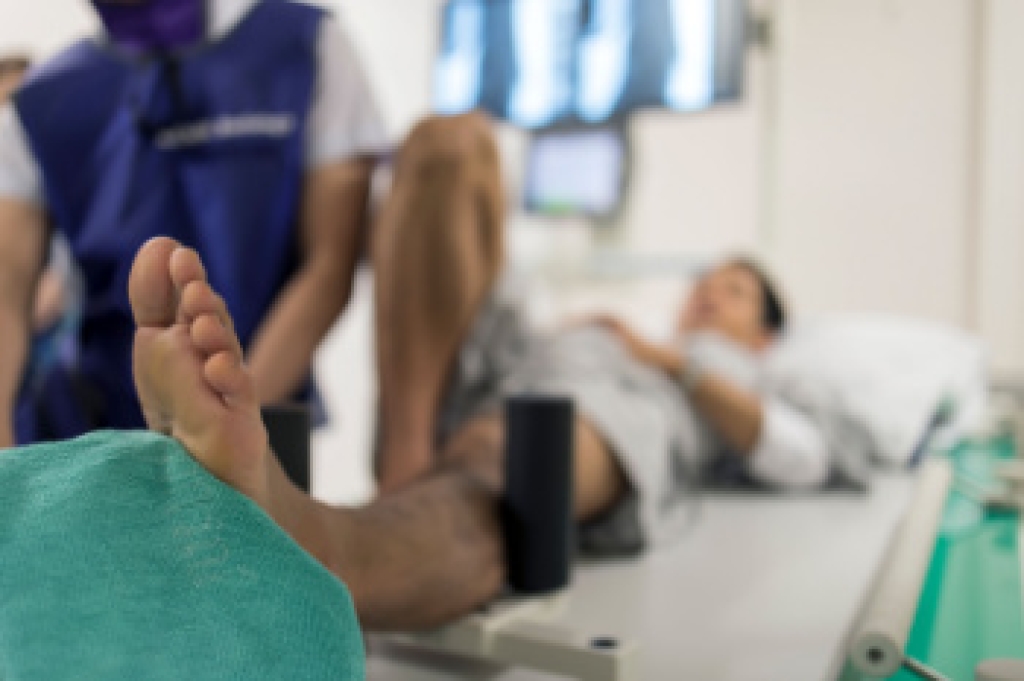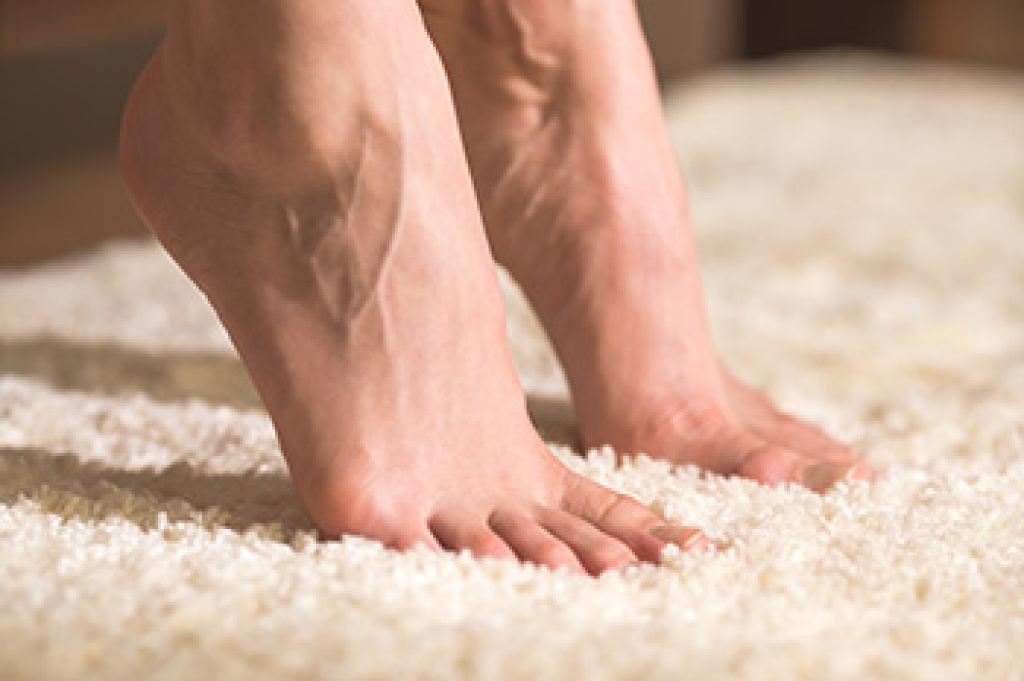
Tiny bone cracks in the foot often appear after repetitive strain, long walks, or sudden increases in exercise. The discomfort usually begins as a dull ache that worsens with movement and eases with rest. Swelling, tenderness, or pain in a specific spot may signal that the bone has been overstressed and needs attention. A podiatrist can identify a stress fracture through imaging tests and a hands-on exam. Treatment usually involves taking pressure off the foot so the bone can mend naturally. Supportive footwear, protective boots, or temporary use of crutches may be recommended. Once healing is underway, gentle activity helps rebuild strength and stability. If you continue to feel pain in your foot during daily activity, it is suggested that you see a podiatrist to prevent the injury from becoming more serious.
Stress fractures occur when there is a tiny crack within a bone. To learn more, contact one of our podiatrists from Cleveland Foot & Ankle Clinic. Our doctors can provide the care you need to keep you pain free and on your feet.
How Are They Caused?
Stress fractures are the result of repetitive force being placed on the bone. Since the lower leg and feet often carry most of the body’s weight, stress fractures are likely to occur in these areas. If you rush into a new exercise, you are more likely to develop a stress fracture since you are starting too much, too soon. Pain resulting from stress fractures may go unnoticed at first, however it may start to worsen over time.
Risk Factors
- Gender – They are more commonly found in women compared to men.
- Foot Problems – People with unusual arches in their feet are more likely to develop stress fractures.
- Certain Sports – Dancers, gymnasts, tennis players, runners, and basketball players are more likely to develop stress fractures.
- Lack of Nutrients – A lack of vitamin D and calcium may weaken the bones and make you more prone to stress fractures
- Weak Bones – Osteoporosis can weaken the bones therefore resulting in stress fractures
Stress fractures do not always heal properly, so it is important that you seek help from a podiatrist if you suspect you may have one. Ignoring your stress fracture may cause it to worsen, and you may develop chronic pain as well as additional fractures.
If you have any questions please contact our offices located in Cleveland, Independence, and Kent, OH . We offer the newest diagnostic and treatment technologies for all your foot and ankle needs.




